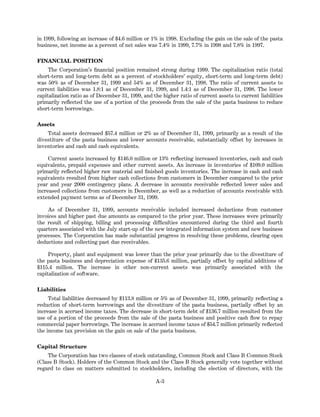Ethereum: Why Can’t We Switch Private and Public Keys? Cryptocurrency Wallet Guide
As a cryptocurrency enthusiast, you probably know the importance of private and public keys to protecting your digital assets. But have you ever wondered why these keys can’t be easily switched or shared with each other? In this article, we’ll delve into the intricacies of Ethereum’s key management system and find out what makes it unique.
What are private and public keys?
In the world of cryptocurrency, private keys are used to sign transactions on the blockchain, while public keys are used as addresses to receive coins. Think of them as a digital wallet: private keys are the secret information that unlocks your funds, while public keys are the public identification numbers that allow others to send you coins.
Why can’t private and public keys be easily switched?
The reason why private and public keys can’t be easily switched or shared is because of their structure. Here’s why:
- Entropy: Private keys store a unique combination of information, including the recipient’s address, transaction ID, and so on. Entropy, the inherent randomness of these values, makes it virtually impossible to recreate the same private key.
- Hash Function
: Public keys are hashed using a cryptographic hash function (such as SHA-256). This process converts the private key into a unique digital fingerprint, making it difficult to change or share the private key without the corresponding public key.
- Key Derivation Paths: To derive a new private key from an existing one, you must follow specific key derivation paths (KDPs), which are complex mathematical processes involving multiple hashing and encryption steps. These KDPs ensure that even if you share your private key, others cannot easily change it.
- One-time tokens: Some cryptocurrencies use one-time tokens (OTPs) to secure transactions. In such cases, the recipient’s public key is used as a one-time password (OTP) to verify their identity and generate a unique transaction ID. The private key is then used to sign the transaction on the blockchain.
Can I create a paper wallet and share private keys?
While it may seem like you can create a paper wallet for your Ethereum funds and share private keys with others, there are a few reasons why this is not possible:
- Entropy: As mentioned earlier, entropy makes it very difficult to recover the same private key from a paper wallet.
- Hash Function: Sharing a public key without a corresponding private key will cause the sender to attempt to obtain their private key using a flawed KDP or OTP process.
- Key Derivation Paths: Even if you share your private key, others can still use it to generate a new private key, following the same KDP that was used for generation.
Conclusion
Private and public keys are designed to be secure and separate entities in the Ethereum ecosystem. While it is technically possible to share public keys with others, doing so without the corresponding private keys would pose a catastrophic security risk. To protect your digital assets, make sure to keep your private key safe and only share your public address with trusted individuals.
Best Practices for Safe Cryptocurrency Management

- Use a paper wallet to securely store your private keys.
- Never share a private key or public address without the corresponding private key.
- Keep your Ethereum software and wallet up to date.
- Use strong passwords and authentication methods.
- Be cautious when using third-party services or exchanges, as they may not follow best practices.
By following these guidelines and understanding the intricacies of Ethereum’s key management system, you can enjoy a safer and more secure use of your digital asset.



![Ethereum: In Ethereum, what is an uncle block? [closed]](https://aleksandraniespielak.com/wp-content/uploads/2025/02/d443150f.png)




